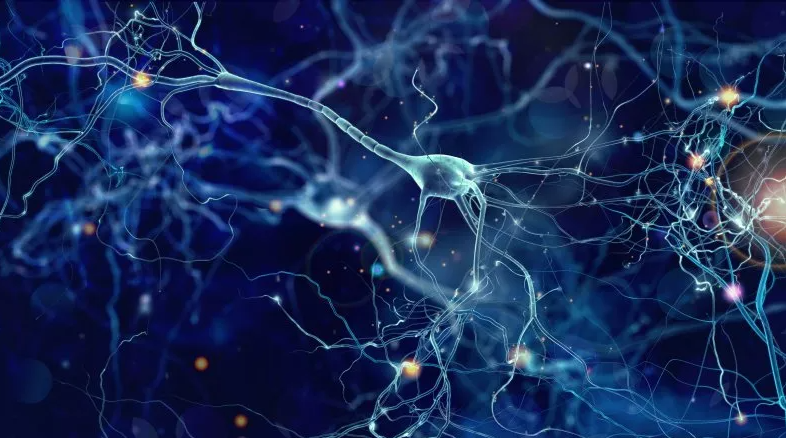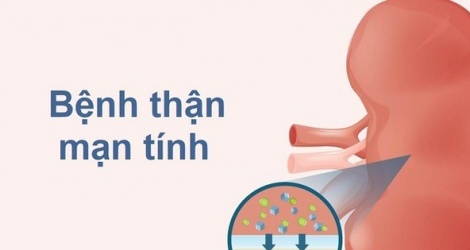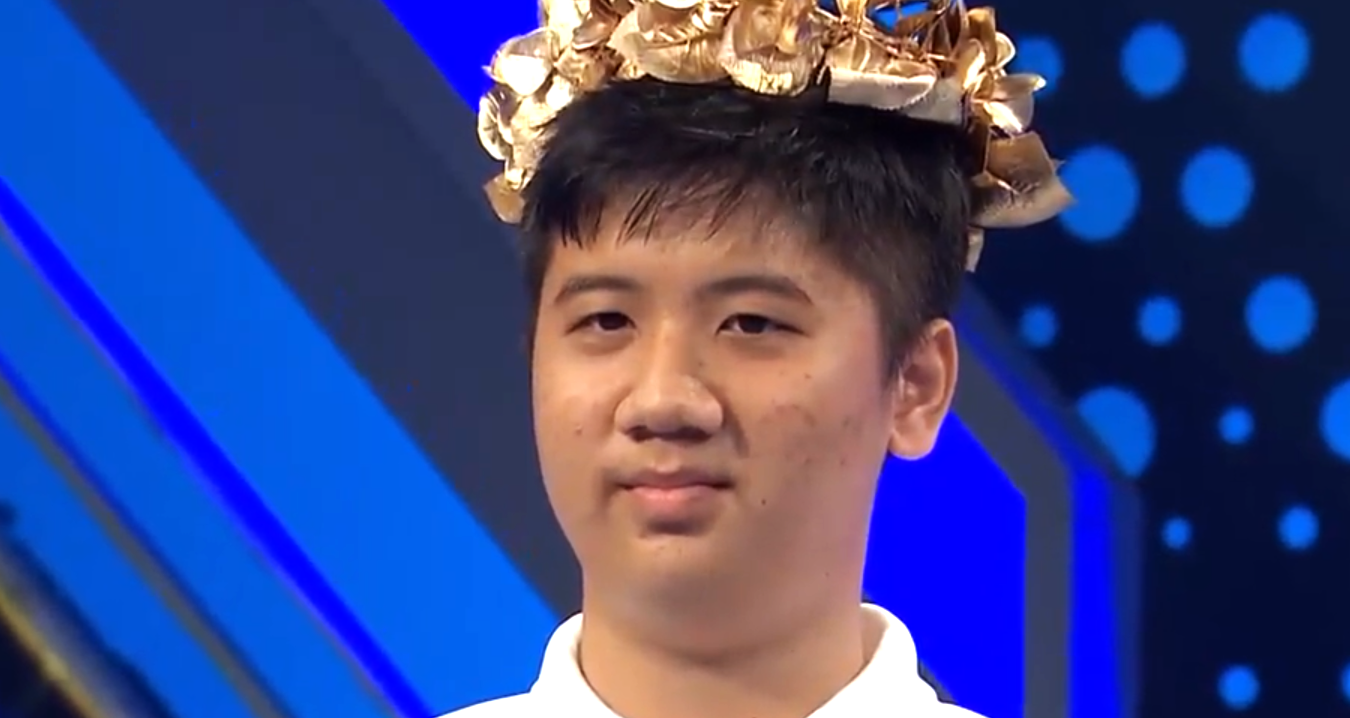
Neuron simulation
Neuroscientists from the University of Lausanne and the Center for Bio-Neuroengineering in Geneva (both in Switzerland) have published their discovery of the existence of new brain cells in the journal Nature.
Previously, scientists believed that the central nervous system in mammals was composed of two types of cells: neurons and glial cells.
Nerve cells are responsible for receiving and transmitting electrical and chemical signals throughout the body, like wires in an electrical circuit. To send signals to each other, nerve cells use neurotransmitters, such as glutamate.
Glial cells, on the other hand, do not carry out nerve impulses, but instead support and protect nerve cells and clean up their surroundings. Their role is similar to that of mobile electricians, ensuring that the body’s electrical circuitry is maintained and in place.
In addition, the brain also has subgroups of specific cells, the most numerous of which are astrocytes. One of the roles of these subgroups is to cover the junctions between nerve cells, called synapses.
But do these astrocytes produce their own neurotransmitters? To answer this question, Swiss researchers used cutting-edge genetic tools to analyze the genes that are turned on in different cell types.
"We discovered a subset of cells that are classified as astrocytes, but possess the same mechanism used by neurons to produce neurotransmitters," said co-author Andrea Volterra.
In other words, they found a hybrid cell that possesses properties of both neurons and glia.
With the new discovery, scientists are facing an era of unprecedented treatments for diseases related to cognitive decline such as Parkinson's and Alzheimer's.
Source link



![[Photo] Prime Minister Pham Minh Chinh chairs the Government's special meeting on law-making in April](https://vstatic.vietnam.vn/vietnam/resource/IMAGE/2025/4/13/8b2071d47adc4c22ac3a9534d12ddc17)
![[Photo] National Assembly Chairman Tran Thanh Man attends the ceremony to celebrate the 1015th anniversary of King Ly Thai To's coronation](https://vstatic.vietnam.vn/vietnam/resource/IMAGE/2025/4/13/6d642c7b8ab34ccc8c769a9ebc02346b)

![[Photo] National Assembly Chairman Tran Thanh Man attends the Policy Forum on Science, Technology, Innovation and Digital Transformation](https://vstatic.vietnam.vn/vietnam/resource/IMAGE/2025/4/13/c0aec4d2b3ee45adb4c2a769796be1fd)
























































































Comment (0)